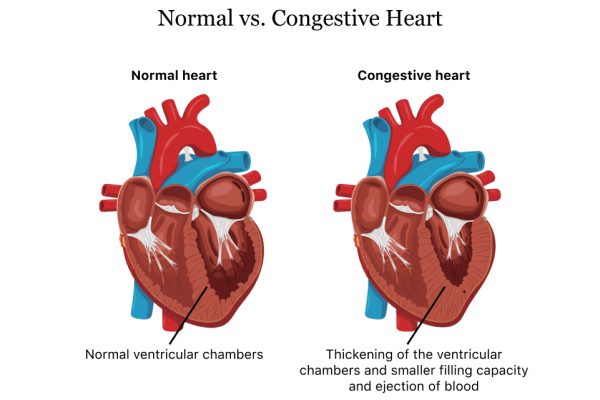The human ear is a very delicate and sensitive organ. It helps the body maintain its equilibrium, as well as allowing us to hear and interpret the noises around us. It catches the sound signals from the environment and translates them in a way that the brain can interpret and understand. However, when it detects loud noises from the environment, its sensitive structure can be damaged, which can lead to temporary or permanent hearing loss.
How the Ear Functions
The ear works by catching the sound waves from the environment, which then travel via the ear canal, causing the eardrum to vibrate. The vibrations from the eardrum reach the three tiny bones and inside the ear, which amplify them and send them to the fluid filled cavity called the cochlea.
The vibration from the middle ear causes a ripple in the cochlea, forming a sound wave in the basilar membrane. This creates a movement of sensory hair cells sitting on top of the basilar membrane. That generates electrical signals, which are picked by auditory nerve and sent to the brain for interpretation.
Hearing Damage
Excessive sound vibrations can easily damage the ear, and in most cases, that hearing loss is permanent, requiring the use of hearing aids. We experience loud noises every day in our lives. Whether you are walking past a construction site or along the busy streets; noises are around us and they have unpleasant effects in our ears.
The human ear can hear sound wave frequencies ranging from 20 Hertz to 20,000 Hertz. Frequencies beyond this range can damage the cochlea, resulting to hearing problems. Sound is measured in units called decibels (dB) with its scale going below zero. People with good hearing capability can hear sounds up to -15 dB. Permanent damage can be caused by sound waves reaching 85 dB or more.
The amount of time that a person spent to listen to loud sounds determines the extent of the damage. A quiet sound will not have much of an effect on the ear, while exposure to extended loud noises of more than 85 dB can cause to permanent damage requiring one to use hearing aid. Thanks to the ever-evolving technology, hearing aids that are rechargeable available today are now equipped with features that provide frequency-specific amplification according to the user’s hearing characteristics.
How to Prevent Hearing Damage
The magnitude of the sound reaching the eardrum can be controlled by wearing protective hearing devices. There are two types of hearing protective devices; earplugs and earmuffs.
Earplugs are inserts that fit well into ear canal. They function by blocking the outer ear canal forming an air-tight sealing preventing entry of sound waves into the ear. Earmuffs cover over the entire outer ear forming an air seal. They seal the whole circumference of the outer ear blocking entry of the noise into the ear.
Hearing protective devices reduce the noise you will hear by 10 to 25 dB. Highly effective protective devices have been developed for the excessive noise signals such as noise from manufacturing industries.
Noise disturbance is one of the biggest problems facing millions of people in different countries. Excessive noise pollution damages our ears, which can be harmful to our health and cause an imbalance in our lives. Proper measures should be put in place to curb excessive amounts of loud noises in your environment.





